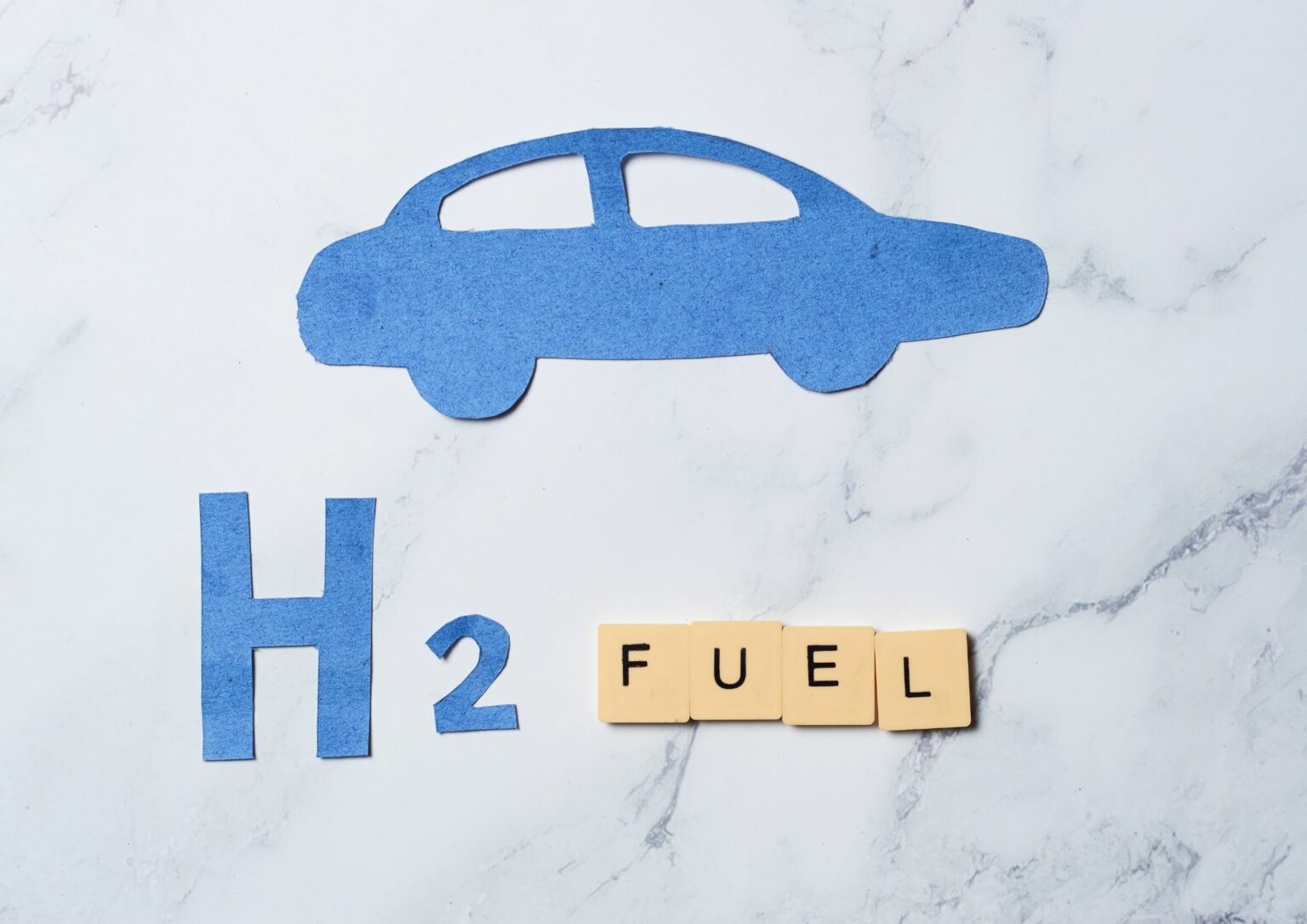In their study published in the International Journal of Hydrogen Energy, N.I. Shchurov, S.I. Dedov, and A.A. Shtang focus on developing a simulation model for hybrid electric vehicles (HEVs) powered by hydrogen fuel cells.
The research is firmly situated within the context of the growing push towards cleaner automotive technologies aimed at reducing oil consumption and carbon emissions.
The study revolves around the creation of a model using MATLAB Simulink to simulate an electric vehicle’s hybrid traction drive. This drive is powered primarily by a proton exchange membrane (PEM) fuel cell, with a lithium-titanium-oxide (LTO) battery serving as a high-power buffer storage unit (BSU). This combination is designed to manage the fluctuating energy demands of the vehicle, providing a consistent driving experience by smoothing out the transport load.
The researchers identified optimal parameters for the hybrid power plant, essential for efficient energy usage in line with the Worldwide Harmonized Light Vehicles Test Cycle (WLTC). They concluded that the fuel cell’s power should range between 5 to 11 kW/t, while the LTO battery should have a capacity of 6 to 10 Ah/t. These configurations achieved a calculated fuel consumption rate of 0.56 kg/(km-t) and a fuel cell active state of 94.53%.
The dynamic interaction between the fuel cell and battery storage during the WLTC cycle was analyzed, highlighting how the fuel cell is managed between states depending on the battery’s charge. The study confirms that during discharge and charge modes, the battery should handle current values of 100 A and 50 A, respectively, underscoring the need for a BSU capacity of at least 10 Ah.
Simulation modeling provided clarity on the performance of various configurations of fuel cell power and BSU capacity. This model helps understand the hybrid system’s performance under different operational scenarios, thereby informing the optimal setup for energy efficiency and performance in real-world conditions.





